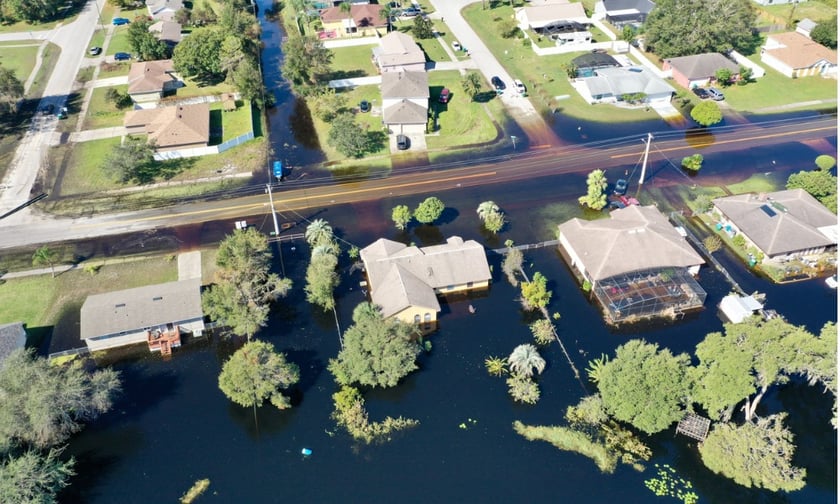

A significant 360% increase in insured losses over the past three decades due to the rising frequency and severity of natural disasters has prompted insurers to raise premiums and withdraw from areas deemed high-risk.
A Bloomberg Intelligence (BI) report suggests the transition risk tied to the assets underpinning these liabilities is compelling insurers to reduce coverage of environmentally unfriendly sectors within their investment portfolios.
In 2023, global insured losses from natural disasters were estimated at $118 billion, far surpassing the average of $97 billion from 2017 to 2021. This surge in climatic events has led property and casualty (P&C) insurers to adjust their pricing strategies and retract from regions vulnerable to such disasters.
Bloomberg Intelligence noted that over half of the top 20 global reinsurers either maintained or reduced their exposure to natural catastrophes during the January 2023 renewals. Specific responses include Allstate’s decision to cease issuing new policies in California areas prone to wildfires, while AIG has similarly scaled back new business in the state and intends to limit homeowners’ insurance for affluent customers in certain US ZIP codes.
For companies like AXA XL Reinsurance, decreasing natural catastrophe exposure has immediate financial implications. Despite increasing prices by 10% in 2023, the company reported a 5% reduction in intake due to decreased exposure, as per BI’s findings.
“A repricing of climate risks has seen global property catastrophe-reinsurance rates rise by as much as 30% at the start of 2024. Rising premiums have served to improve loss ratios, despite increased insured losses, with only Allstate and RenaissanceRe experiencing a rise in loss ratios from 2000 to 2022. However, if the rate of increases continues, consumer willingness to transfer climate risk to insurers could diminish,” BI ESG analyst Grace Osborne said.
Osborne further explained the challenges faced by the insurance industry including increased frequency of climatic events which have exposed insurers to more risk.
“As a result, smaller, more frequent events, such as last year’s 25 Severe Convective Storms, are creating balance sheet attrition volatility for insurers,” Osborne said.
What are your thoughts on this story? Please feel free to share your comments below.
